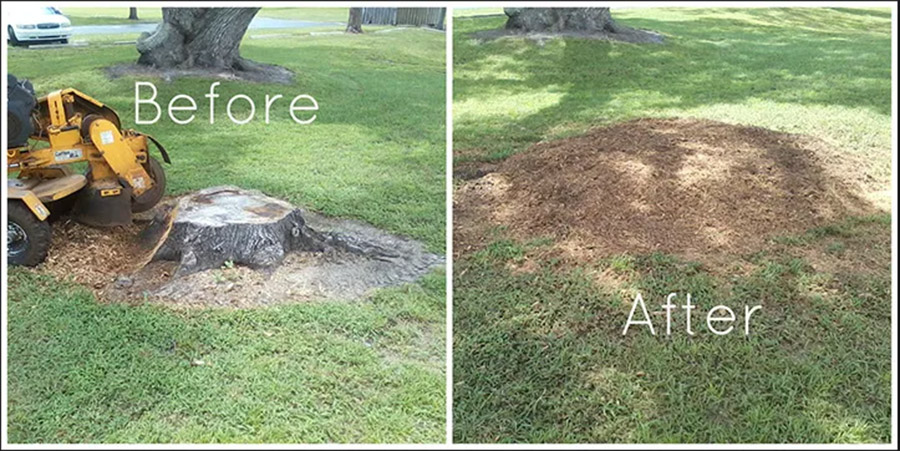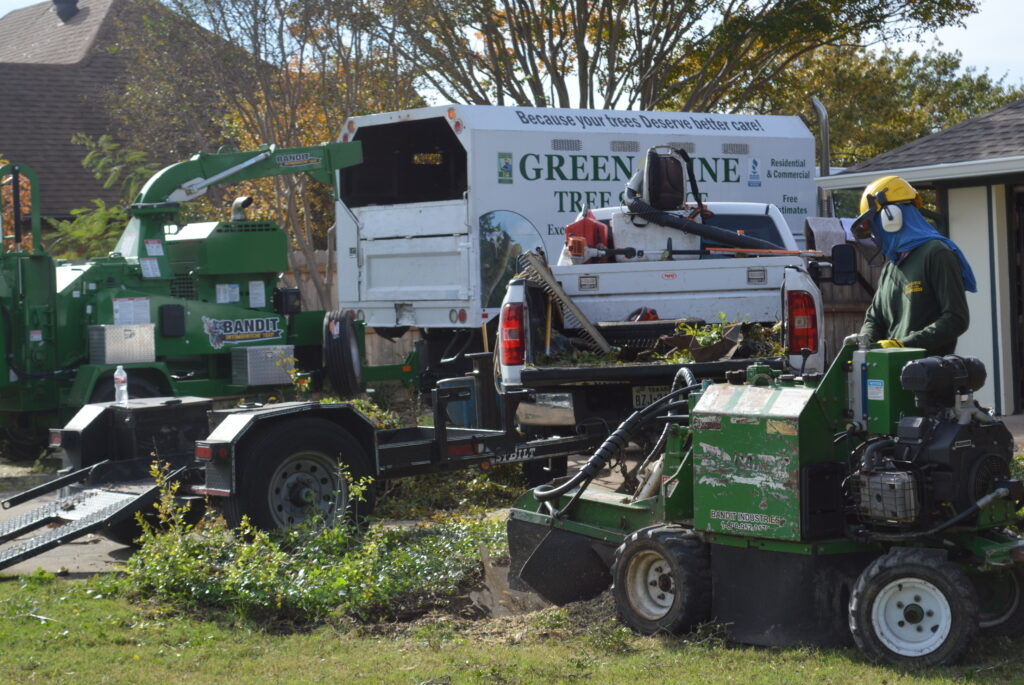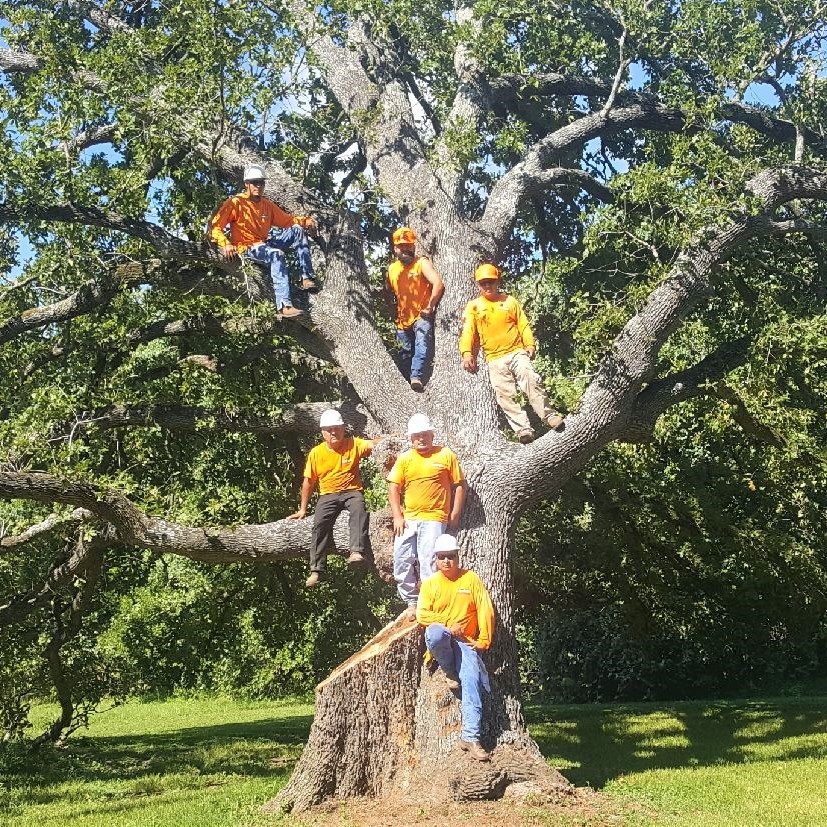Stump Grinding: Everything You Need to Know
What is Stump Grinding?
Introduction to Stump Grinding
You’ve just cut down a tree, but now you’re left with an unsightly stump sticking out of your yard. What’s the next step? Enter stump grinding – an efficient way to eliminate that pesky stump and restore the beauty of your landscape.
Definition of Stump Grinding
Stump grinding involves utilizing specialized equipment to grind a tree stump beneath the surface of the ground. Unlike stump removal, which involves uprooting the entire stump and roots, grinding focuses solely on reducing the visible part to wood chips.
Why Stump Grinding is Necessary
Tree stumps can be a real headache – they take up space, attract pests, and can even become safety hazards. Stump grinding ensures these problems are avoided without causing excessive damage to your yard.
Stump Grinding vs. Stump Removal – What’s the Difference?
Key Differences Between the Two Methods
Stump removal involves digging up the entire stump and roots, which leaves a large hole in the ground. On the other hand, stump grinding grinds the stump down but leaves the roots intact. Grinding is faster and less invasive, while removal is more thorough.
Which Method Should You Choose?
If you need the area for replanting or building, removal might be your best bet. However, if you’re after a quick solution with minimal disruption, stump grinding is the way to go.
Benefits of Stump Grinding
Enhances Aesthetic Appeal
A stump-free yard looks cleaner and more attractive. Grinding the stump helps restore the natural beauty of your landscape.
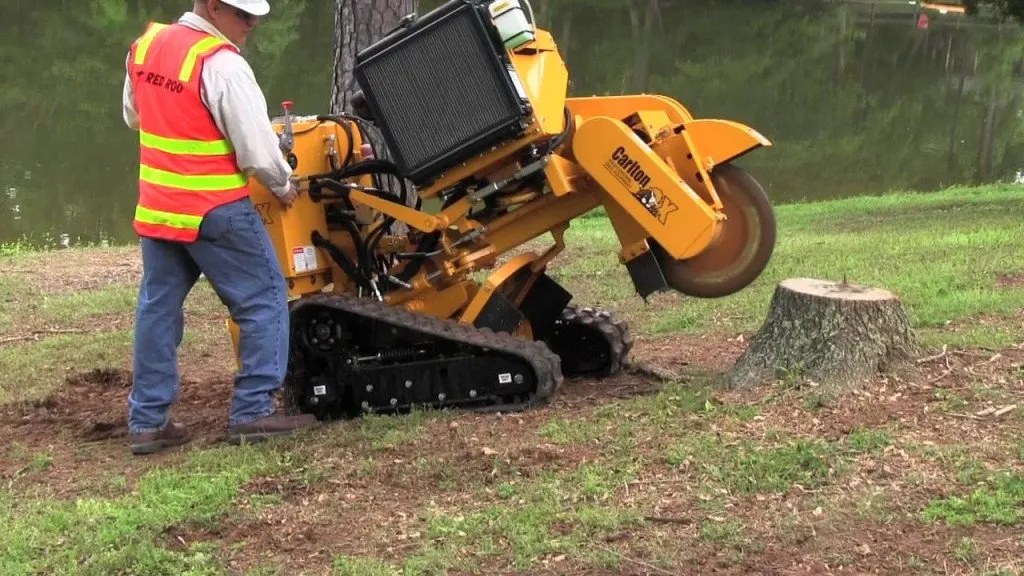
Prevents Pest Infestation
Leftover stumps can attract termites, ants, and other pests. Grinding it down eliminates a potential breeding ground for these insects.
Increases Safety on Your Property
A tree stump can be a tripping hazard, especially for children and pets. Grinding it down ensures a safer space.
How Does the Stump Grinding Process Work?
Equipment Used for Stump Grinding
A stump grinder is the main tool for the job. It has a rotating blade that shreds the wood into small chips.
Step-by-Step Process of Grinding a Stump
Assess the area to ensure it’s free of debris and hazards.
Use a grinder to shred the stump gradually.
Continue grinding until the stump is several inches below ground.
Fill the hole with wood chips or soil.
How Deep Should You Grind a Stump?
Generally, stumps are ground 4 to 6 inches below ground level, though it can be deeper depending on your plans for the area.
Is DIY Stump Grinding a Good Idea?
Pros and Cons of DIY Grinding
DIY stump grinding can save money, but it’s labor-intensive and requires specialized equipment. Rental grinders are available, but handling them can be tricky for beginners.
When to Hire a Professional
If you’re dealing with multiple stumps or large trees, hiring a professional can save time and effort. Pros know how to handle the machinery safely and efficiently.
How Much Does Stump Grinding Cost?
Factors Affecting the Cost
The size of the stump, location, and accessibility impact the final price. Additional costs may apply if the area is difficult to reach or if root grinding is needed.
Average Price Range
Expect to pay between $100 and $400 per stump, with larger stumps costing more.
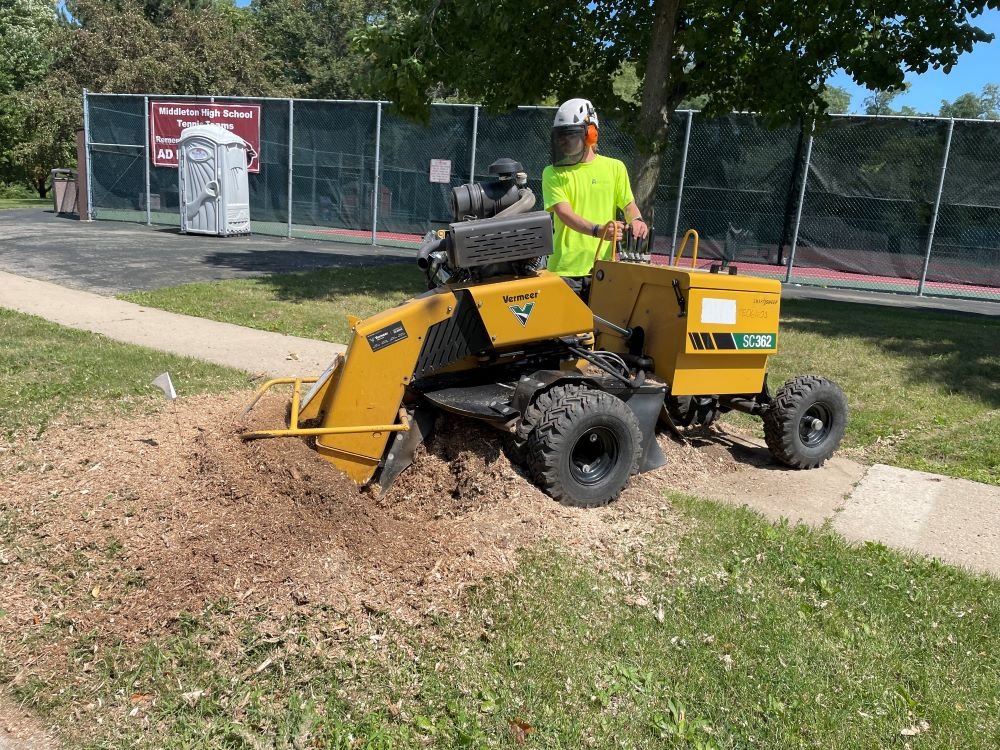
Environmental Impact of Stump Grinding
Is Stump Grinding Eco-Friendly?
Yes! Grinding reduces waste by creating wood chips, which can be reused as mulch.
How to Properly Dispose of Ground Wood Chips
You can spread the wood chips around trees or plants to retain moisture in the soil, or compost them for future use.
Tips for Aftercare Once the Stump is Gone
Filling the Hole with Soil
After grinding, fill the remaining hole with topsoil to level the ground.
Growing Grass or Replanting
Once the area is filled, you can either plant grass seeds or replant with flowers, shrubs, or even another tree.
Conclusion
Stump grinding is an effective and eco-friendly solution for removing unwanted tree stumps. Whether you choose to DIY or hire a professional, this process enhances the look of your yard, prevents pests, and keeps your space safe. With proper aftercare, you’ll hardly remember the stump was ever there!
